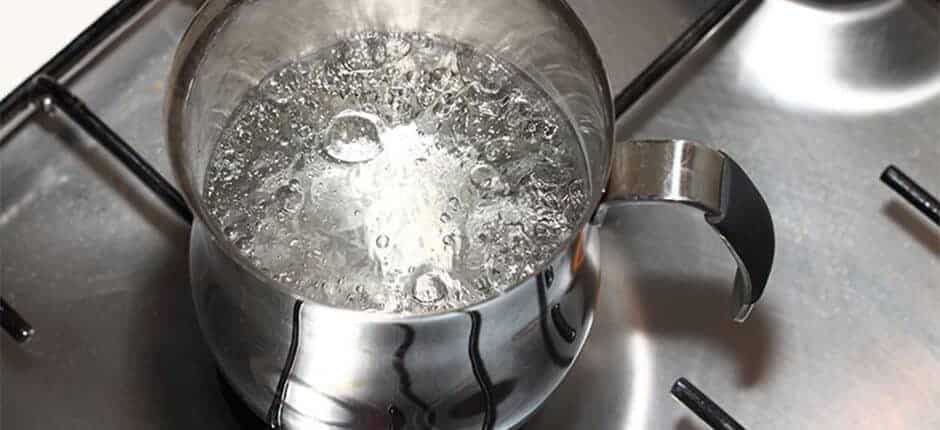Sterilising

Why?
Equipment that comes in to contact with breast milk or formula needs to be sterilised to help reduce the chance of your baby getting sick from germs.
When?
It is recommended to sterilise all bottle-feeding equipment until your baby is 12 months of age. All equipment should also be cleaned and sterilised as soon as possible after feeding and stored safely for as long as you need them.
What you need?
- A bottle brush
- The sterilising equipment you need will vary depending on the method you choose;
o Boiling – a large saucepan
o Steaming – an electric or microwave steam sterilising kit
o Chemicals – a large container, glass or plastic.
For more, see Which Steriliser?
How?
Prior to sterilising:
- Wash your hands thoroughly with soap and water before cleaning and sterilising your baby’s feeding equipment
- Rinse all equipment in cold water, as soon as possible after feeding, to help remove milk residue
- Wash your feeding equipment thoroughly using detergent and hot water
- Using a bottle brush thoroughly clean bottles and teats removing any bits of milk inside of the bottle
- Turn teat inside out to clean off milk and run water through the holes
- Rinse all equipment again with cold water before sterilising.
After sterilising
- Wash your hands before removing the sterilised equipment
- Place lids back on bottles and store everything in a clean covered container.
Note: If you haven’t used the equipment within 24 hours, you will need to sterilise them again before use.
For more information on Preparing Infant Formula click here.


